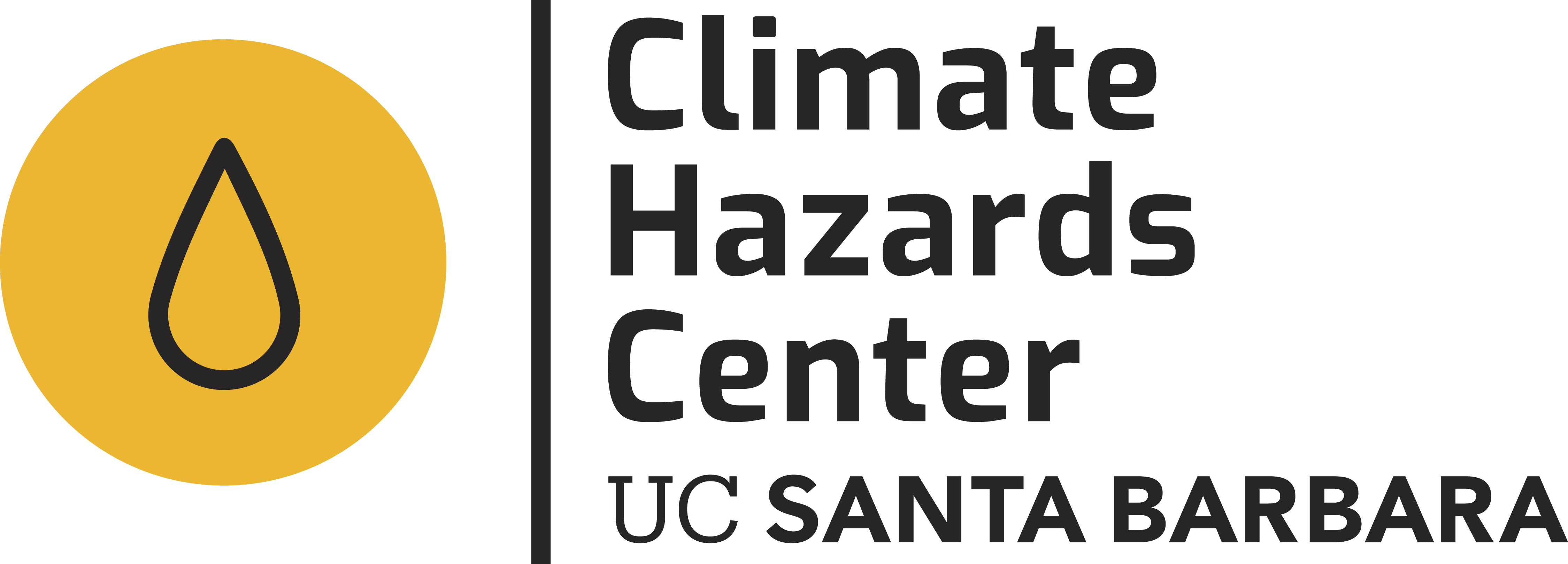
Dr. Diriba Korecha (5th from the left) serving as a guest lecturer for PhD graduate students enrolled in a Climate Change course at Jimma University, Ethiopia
As demand for climate data and services increases globally, National Meteorological and Hydrological Services are working to increase their capacities to support climate-sensitive sectors and increase climate resilience. A new peer-reviewed article led by Mr. Fetene Teshome—the Director General of the Ethiopia Meteorological Institute (EMI)—and co-authored by Dr. Diriba Korecha of the Climate Hazards Center, highlights some of the advancements in EMI’s capacity. The article, Weather and Climate Services in Ethiopia: Progress, Challenges, and Opportunities provides important insights into the institute's evolving capacity. It underscores the importance of sustained government support, international collaboration, and capacity building to improve weather and climate resilience.
Why is this important?
In many countries, National Meteorological and Hydrological Services (NMHSs) play a central role in delivering climate data and services across key sectors. As climate variability and extreme weather events become more frequent, the demand for timely and sector-specific climate information continues to rise. “In Ethiopia, where most of the agriculture relies on rainfed farming, the stakes are especially high,”explains Korecha. “Even minor shifts in rainfall patterns—like a delayed start or early end to the rainy season—can disrupt planting and growth, threatening food security.” In this context, climate services are not optional—they are essential. Yet, as demand for climate services grows, there is increasing pressure on these institutions. This makes it critical for NMHSs to assess their capacities and identify areas for increased investment and support.
In the article, Dr. Korecha and co-authors highlight the significant advancements EMI has made in the past seven decades in enhancing weather and climate services. The Institute has expanded its meteorological observation network, improved forecasting capabilities across various timescales, and enhanced the generation and dissemination of climate information products.
Notably, EMI has made significant advancements in availing quality climate data by the implementation of the Enhancing National Climate Services (ENACTS). The ENACTS approach combines in situ data with gridded estimates, such as CHIRP satellite-station-based precipitation data, to generate spatially complete rainfall observations.
This momentum reinforces the critical role of government support in increasing the capacities of NMHSs and strong international scientific partnerships for data and knowledge sharing. Collaborations between CHC and EMI have been instrumental in this progress, particularly through data sharing, capacity building, and climate monitoring and forecasting. The CHC and United States Geological Survey (USGS) have provided technical and financial support in training EMI`s Headquarters and Regional agroclimate staff in 2017, 2019, and 2023, Addis Ababa, Ethiopia. Overall, about 100 Ethiopian experts were trained in GeoCLIM, the Early Warning Explorer (EWX), Spatial Analysis of observed and remote-sensed agroclimatic data, and SMPG tools.
Success Stories
Data Sharing
Over the years, the Climate Hazards Center has received immense data support from the Ethiopia Meteorological Institute. Thousands of station observations from EMI go into the CHC station database, and EMI benefits from improved gridded rainfall estimates that incorporate their best information as part of the final product.
Research
One of the most impactful areas of collaboration between EMI and CHC has been in climate research. Together, we've worked to define homogeneous climate zones across Ethiopia—areas that share similar weather and climate patterns. Using homogeneous climate zones, forecasts can be tailored to specific regions, making them more accurate and useful for local decision-making. Ethiopian homogenous rainfall regimes are used in the production of dekadal Agroclimate monitoring reports.
Seasonal monitoring of agroclimate conditions
CHC has partnered with EMI to produce dekadal Agroclimate Monitoring Reports to support planning, monitoring, and decision making in the agricultural, water resources, and disaster management sectors. Ethiopia is one of the most food-insecure countries in the world, and poor performance of key rainfall seasons in drought-prone sectors can have lasting impacts on people’s lives. These reports are produced three times a month and use high-quality, low-latency data produced from the ENACTS approach using CHIRPS final and preliminary data and EMI station observations. The reports assess current conditions and forecasts and highlight areas at risk of drought and flood. CHC also consistently participates in Ethiopia’s National Climate Outlook Forum and has contributed at the EMI high-level meetings and dissemination of valuable and skillful seasonal climate outlooks.
Challenges
EMI continues to face notable challenges common to many African National Meteorological and Hydrological Services. Despite these ongoing challenges, EMI’s progress offers a promising blueprint for strengthening national climate services in Africa and beyond. With continued investment, training, and collaboration, the Ethiopia Meteorological Institute is well-positioned to build on its momentum, delivering reliable and actionable climate information that supports livelihoods, safeguards food security, and enhances resilience to climate shocks.
